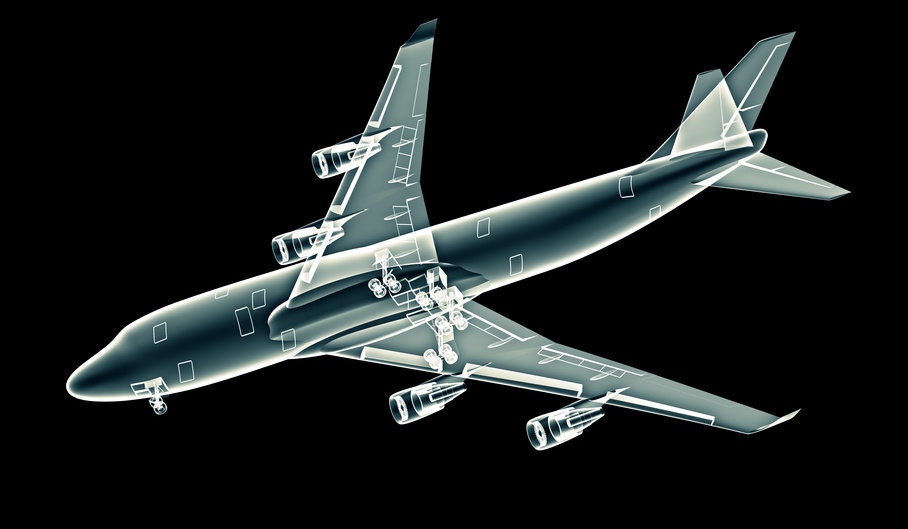
Technology has continually improved over the years and is definitely not finished developing. The capabilities that our machines have today are outstanding, and the projects that engineers are designers are working on will be even more advanced in years to come. Many fields, such as science and medicine are finding new and improved uses for these advanced in technology. For example, the imaging machines that were once used have improved and expanded so much that they are now an important and necessary part of these fields. Medical professionals rely on machines like XRAYS, CT Scans and MRI machines for diagnostic and treatment options. These fields will only see improvement in these extensive machines as technology continues to grow and expand.
Radiographing imaging machines are used in a variety of businesses. They were actually developed for use in medicine, so medical professionals could get a better look into the bodies of their patients. They used these images to see the actual problem in their patient and then to create a treatment plan based on those visuals. However, other fields like business, forensics and energy plants are also finding benefit in these types of machines. Even metrology has seen scientific improvements, based on the usage of these imaging machines.
The industrial CT scanning process allows customers to reduce their new product inspection costs and failure analysis costs between 25 and 75% when compared to existing technology. Previous inspections involved physically handling each and every item. People had to physically inspect the items, which proved to be very time consuming and expensive too. The 3D inspection software allows them to view the items in each package, without even opening the package. It can also be completed with the 3D scanning service, not requiring much in terms of man labor at all.
The advances of these imaging machines have come a long way. The first clinical CT scanners were installed between 1974 and 1976. The original systems were dedicated to head imaging only, but whole body systems with larger patient?s openings became available in 1976. CT became widely available by about 1980. There are now about 6,000 CT scanners installed in the U.S. and about 30,000 installed worldwide. There are also more uses than ever for these CT scans. The CT scan calibration allows the imaging to be used in other fields, such as metrology.
The usage of metrology in CT scans depends on the accuracy of the machine. Numerous predetermined GDandT (geometric dimensioning and tolerance) points can be analyzed at once to meet PPAP (production part approval process) requirements. The accuracy of the industrial CT scanning equipment?s metrology, which is dependent on part size and density, ranges from 5 to 200 microns. The extreme accuracy levels make it a preferred choice of imaging for metrology studies.
In addition to the uses in science, medicine and metrology, the imaging programs can be used for designing of new, important machines. The fiber analysis and the composite analysis that are used in such machines make it a great protocol for additional imaging programs. The possibilities for future imaging programs are really endless.
When you think of body imaging machines, you are likely to think of their medical uses. However, there are many other uses for these scientifically advanced machines. They can also be used in business inspection services and metrology predictions. They are a crucial part of our advancement trends in these fields. They work on high levels of accuracy, providing researchers and designers with accurate and important images. These images are used for diagnostics, treatments, research and the further advancements of science with these imaging machines.